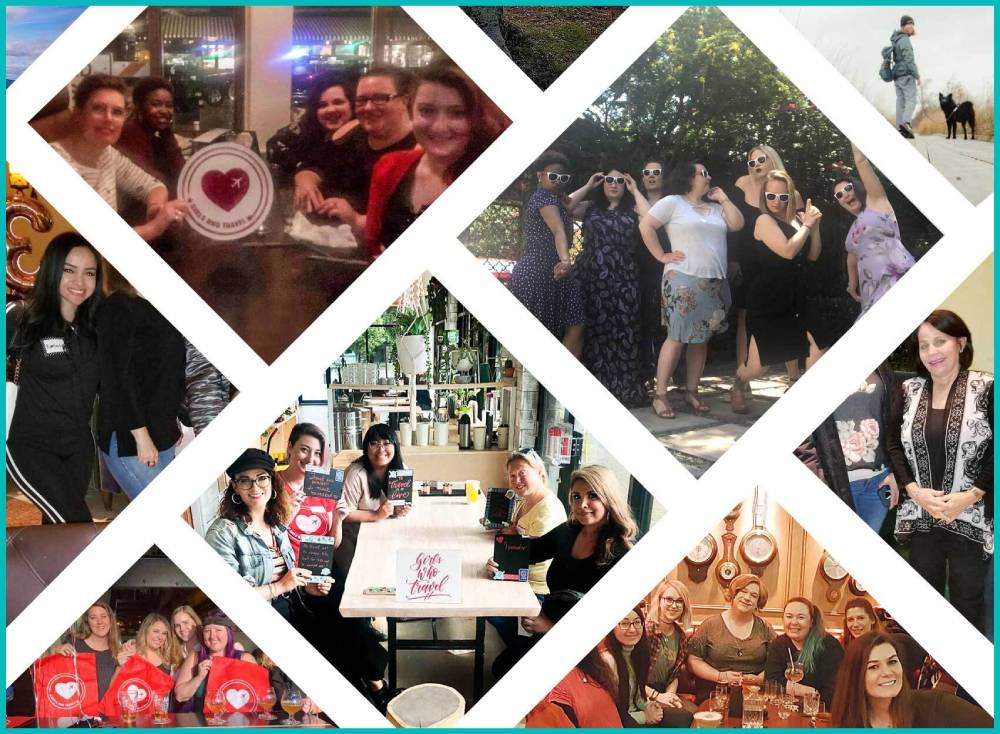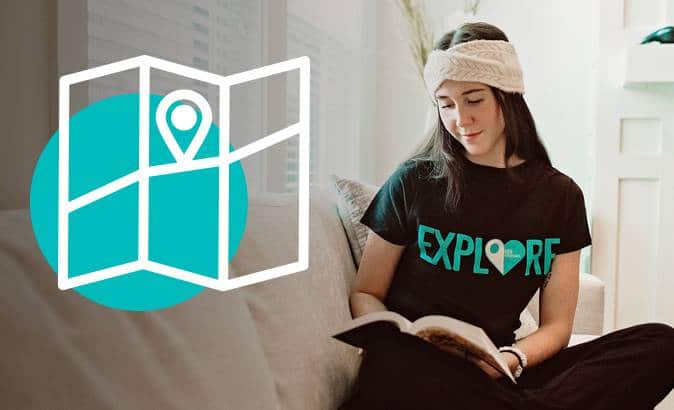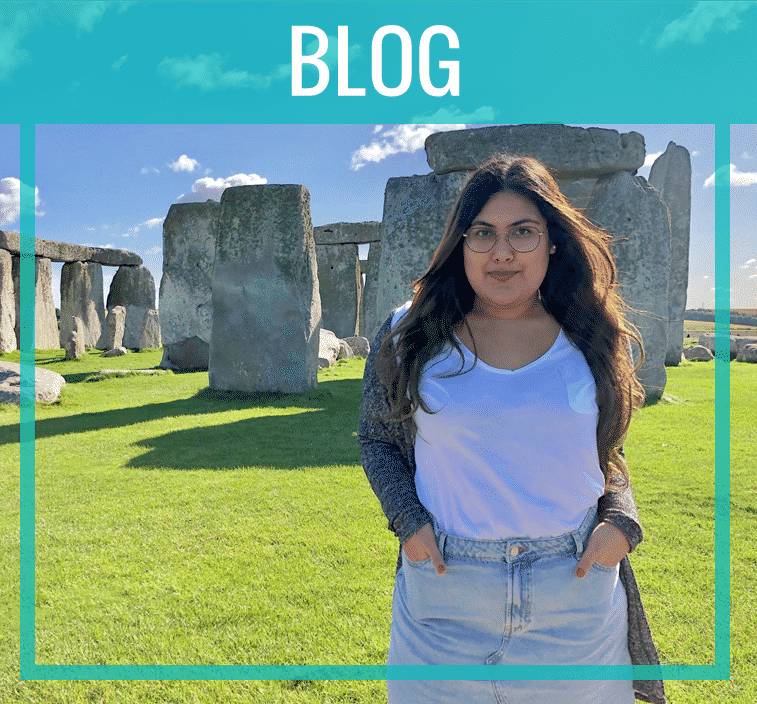
Explore Beyond
Your Boundaries
Get the Girls Who Travel top 10 budget travel tips
We're here to help you explore beyond your boundaries. Get started with this free gift!


Join An Award Winning Community
We’re more than a group of travelers. We’re a community radically redefining travel to be inclusive, sustainable, and empowering. We believe travel is about so much more than just a passport and plane ticket and that everyone should be able to travel, regardless of access or ability.
So whether it’s a trip down the street or across the globe, Girls Who Travel is here to help you explore beyond your boundaries.


Want to feel safe when you travel? Want to learn the secrets of budget travel? We've got you. We've put together the most in-depth courses available on the topics that matter most to women like safety, budget, solo travel, and more!
Each course lets you:
Save dozens of hours: get everything you need in one place, quickly
Access 80+ pages of in-depth content
Use customizable worksheets
Watch an on-demand video course
Get links to the best websites and resources
Meet The Community



How Do You Travel?

First Time Traveler

Solo Traveler

Staycation
There are so many ways to travel. However you explore, we’ve got all the tools to support you.
























